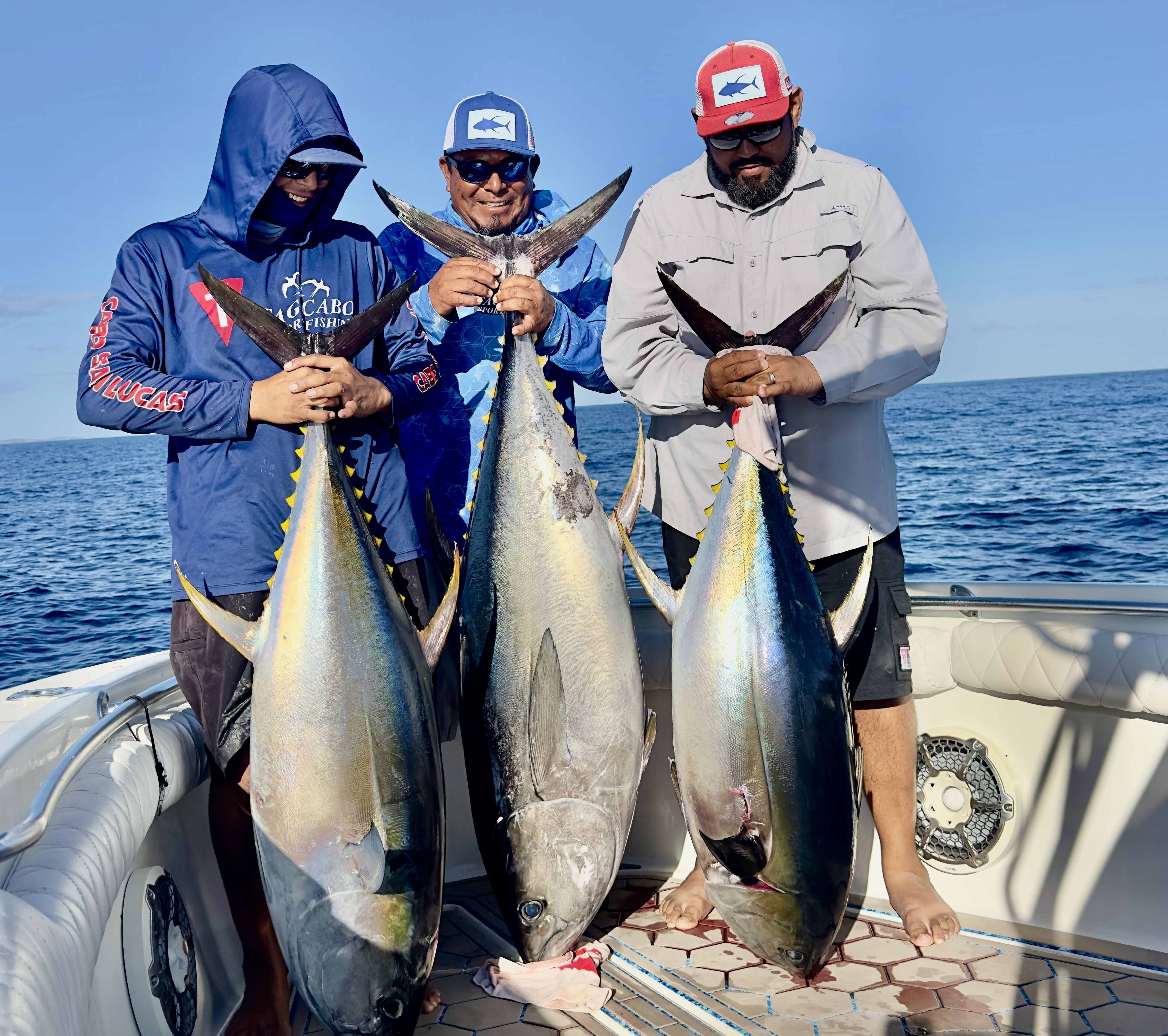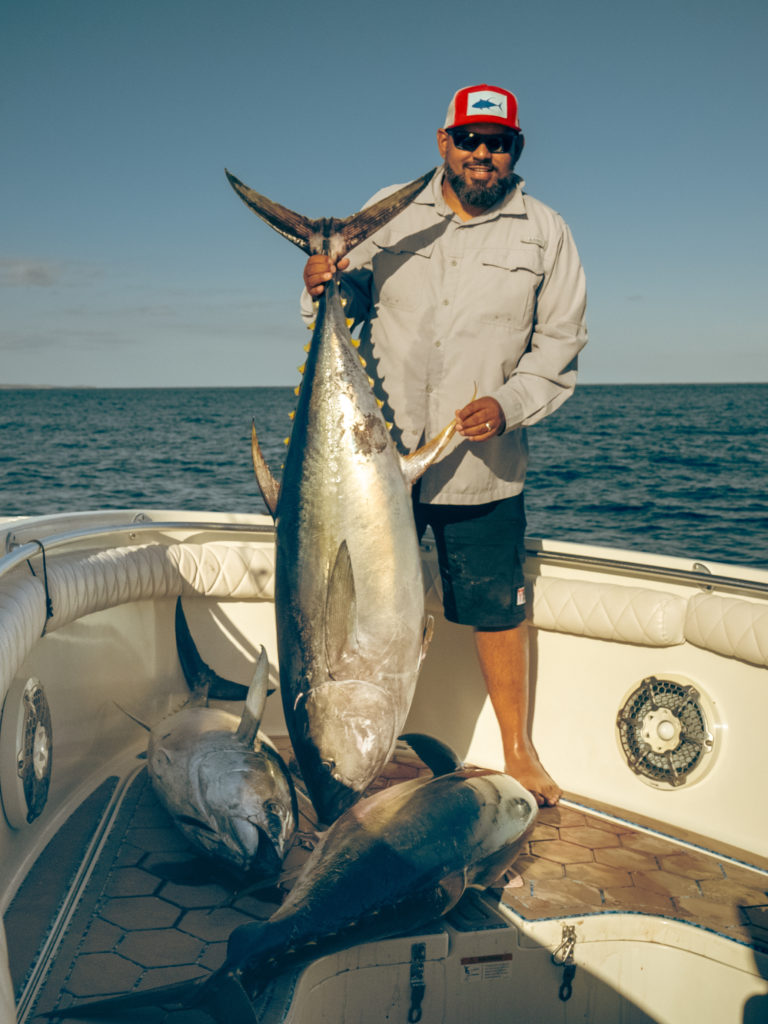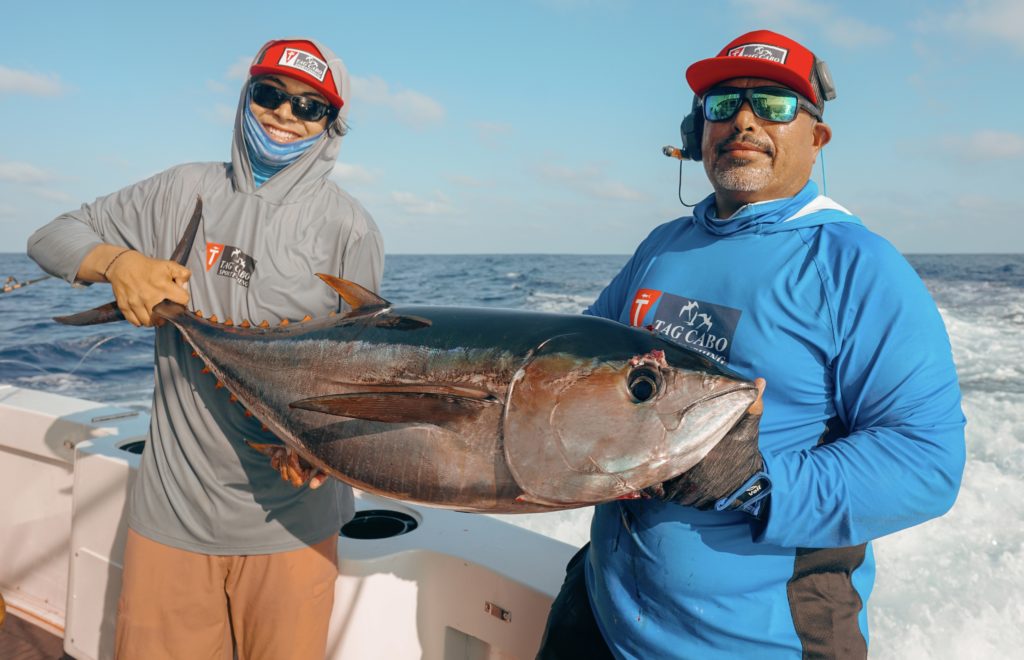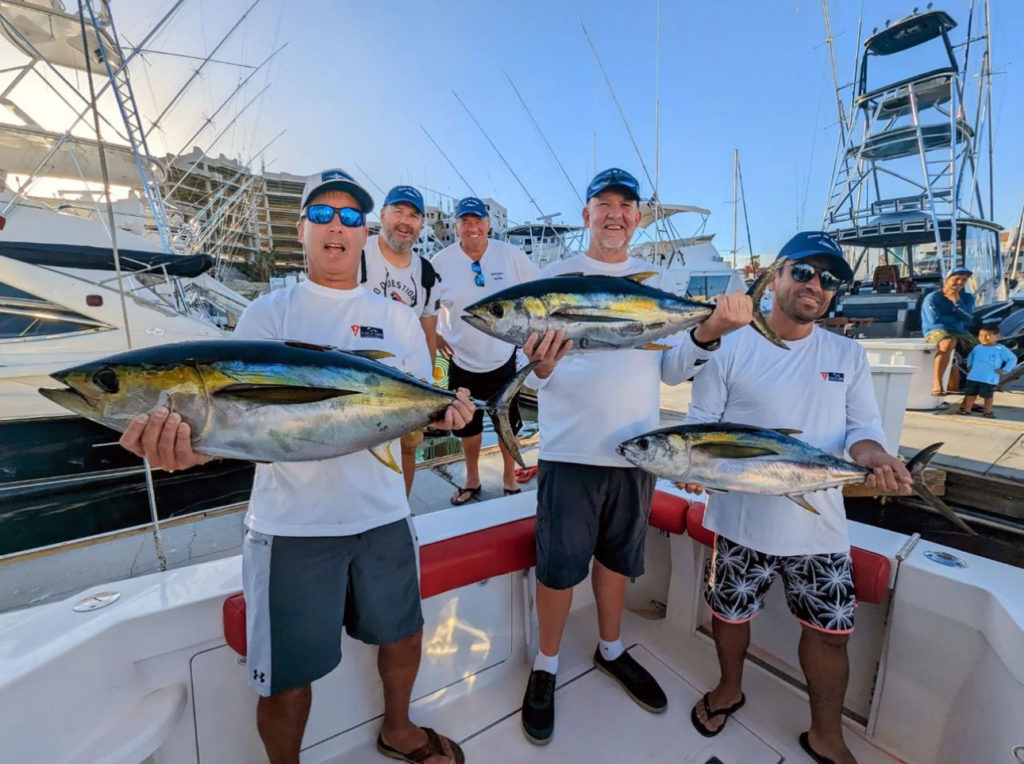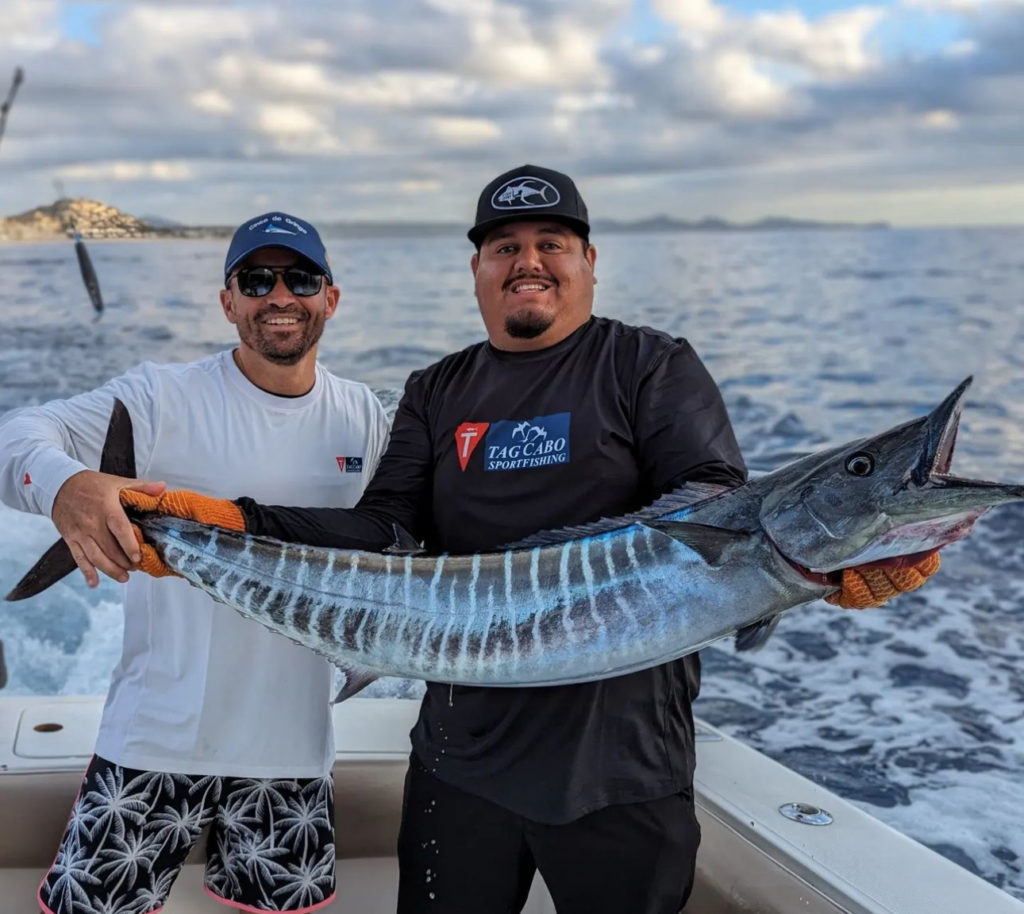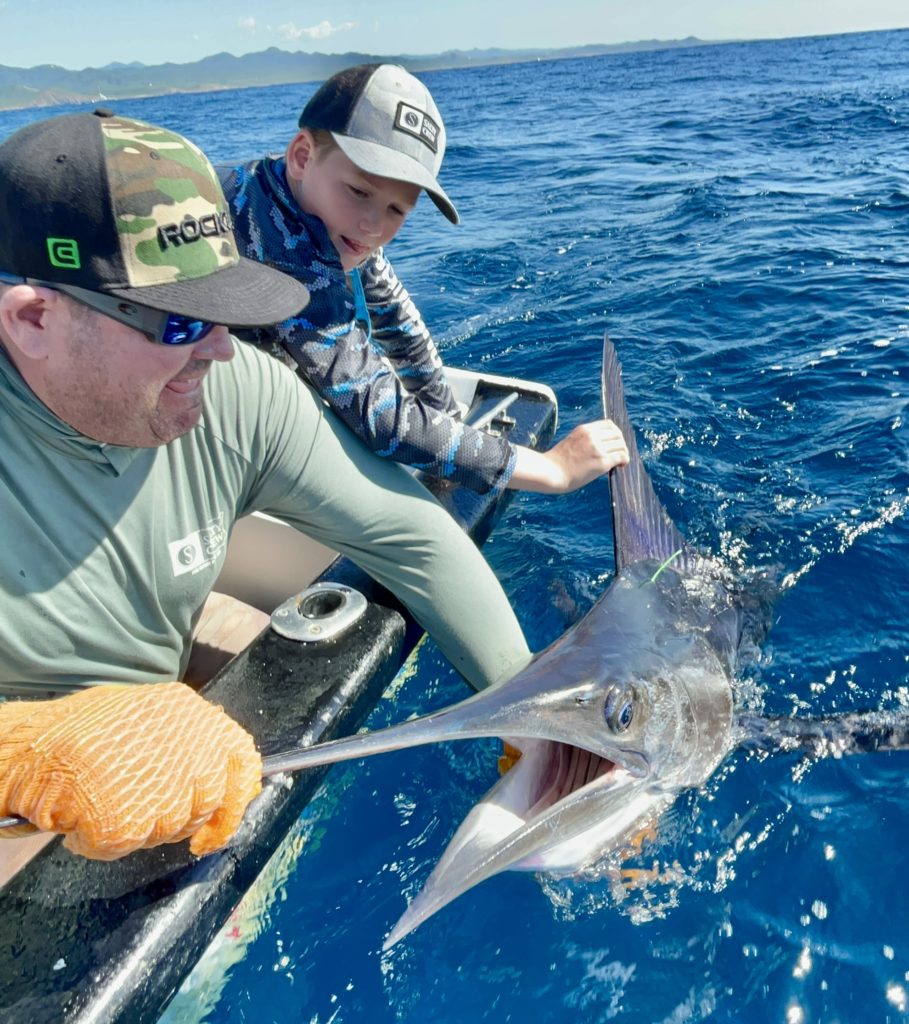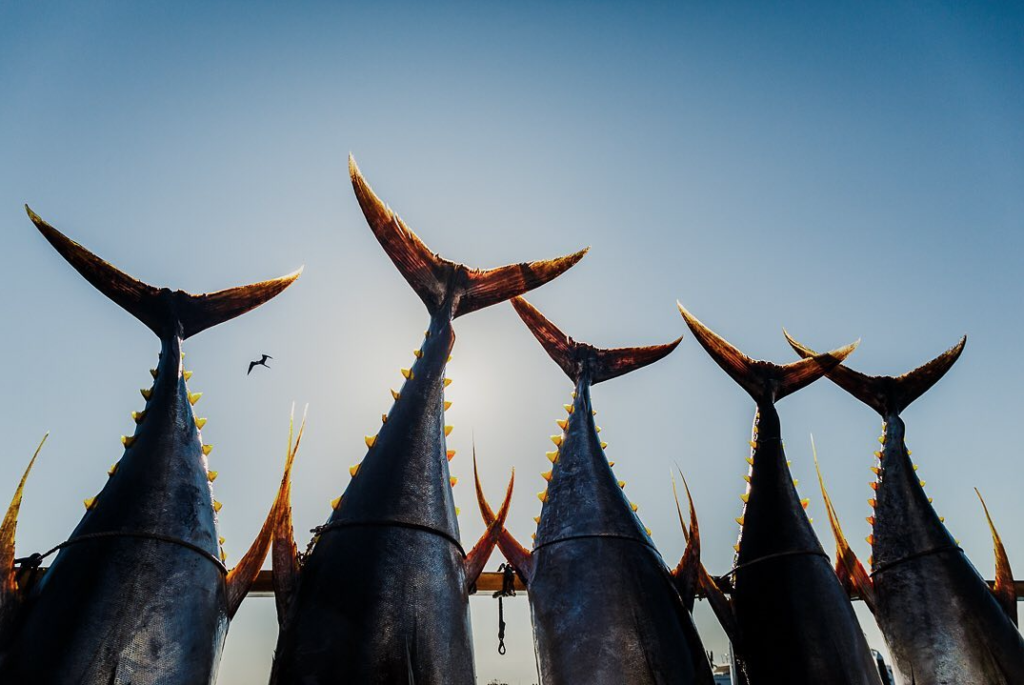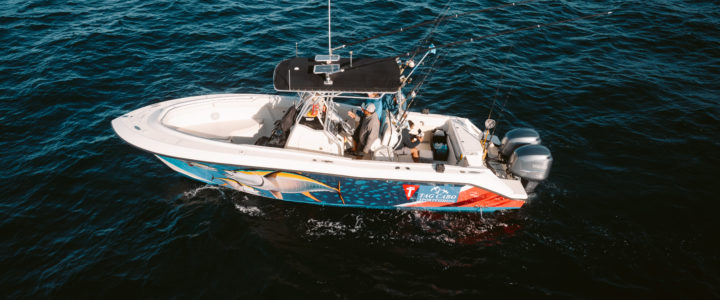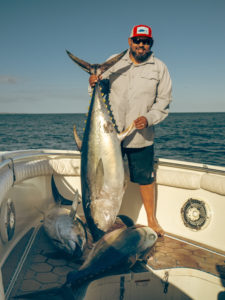If You Want to Catch Yellowfin Tuna in Cabo, Do This
Welcome to the thrilling world of yellowfin tuna fishing in Cabo San Lucas! Nestled at the southern tip of Mexico’s Baja California Peninsula, Cabo is a paradise for anglers looking to hook one of the ocean’s most sought-after game fish. This guide will arm you with tips, techniques, and local insights to increase your chances of landing a formidable yellowfin tuna in these prolific waters.
Why Cabo for Yellowfin Tuna?
Cabo San Lucas is renowned for its rich marine life, and yellowfin tuna are among the top catches in this area. These powerful fish are not only a challenge for anglers but also a delight for gourmet enthusiasts. The waters around Cabo provide an ideal habitat for yellowfin, making it a prime location for tuna fishing.
Prime Season for Yellowfin Tuna in Cabo
The best time to fish for yellowfin tuna in Cabo San Lucas is typically from late summer to early winter. August through December offers the highest chances of a successful catch. During these months, the water temperature and conditions are perfect for yellowfin tuna to thrive.
Essential Gear for Yellowfin Tuna Fishing in Cabo
To ensure a successful fishing trip in Cabo, you need the right gear. Here’s what you should consider:
- Sturdy Rods and Reels: Opt for high-quality, heavy-duty rods and reels capable of handling the strength of a large yellowfin.
- Appropriate Line Strength: Braided lines are recommended due to their strength and durability.
- The Right Bait and Lures: Live baits like sardines, mackerel, and squid are effective in Cabo. Artificial lures that mimic these baits can also attract yellowfin.
Local Techniques for a Bountiful Catch
1. Trolling for Yellowfin Tuna in Cabo: The Art and Science
Trolling is one of the most effective methods for catching yellowfin tuna in the waters of Cabo San Lucas. This technique isn’t just about trailing a line behind a boat; it involves a strategic approach influenced by a deep understanding of the marine environment and the behavior of the fish.
Understanding Wind Conditions and Water Temperatures
The first step in a successful trolling expedition is to assess the wind conditions and water temperatures. Yellowfin tuna prefer specific temperature ranges, which can vary slightly based on the region and time of year. In general, they are most active and abundant in waters that are:
- Warm, but not too hot.
- Have clear demarcation lines where different temperature waters meet, often leading to nutrient-rich zones.
These conditions can be pinpointed using tools like SATFISH, which provide real-time data to help locate these ideal areas.
Locating the Fishing Zone
Once in the right area, indicators such as the presence of birds and dolphins can be key. Birds often hover over areas where fish are feeding, while dolphins and yellowfin tuna frequently swim together. These natural cues are invaluable for locating the best spots to start trolling.
Effective Trolling Techniques
When it comes to the actual trolling:
- Choice of Bait and Lures: We recommend using cedar plugs or lures that closely resemble the surrounding baitfish. This mimicry increases the likelihood of attracting yellowfin tuna, as it aligns with their natural feeding patterns.
- Setting Up Your Trolling Rig: The arrangement of your lines, the speed of your boat, and the depth at which your lures are set all play a crucial role. The goal is to imitate the movement of baitfish as naturally as possible.
- Adjusting to the Conditions: Be prepared to adjust your techniques based on the day’s specific conditions. This might mean changing your lures, altering your speed, or even shifting to different fishing grounds based on real-time observations and data.
Why Trolling Works
Trolling allows you to cover a large area of water and present your bait or lure to more fish. It’s an active fishing method that engages the predatory instincts of yellowfin tuna, making it a highly effective way to target these powerful fish.
2. Kite Fishing
Kite fishing involves using a specially designed kite to suspend a silicon flying fish bait at the water’s surface. This technique is particularly effective for yellowfin tuna, as it presents the bait in a more natural and enticing way, simulating a flying fish on the glading on the surface.
Equipment and Setup
- Kite: A fishing kite, designed to be stable and controllable in various wind conditions.
- Rod and Reel: A rod and reel setup capable of handling the kite and the potential catch.
- Line and Leaders: A main line to the kite and a separate line for the bait, usually with a release clip.
- Live Bait or Flying Fish: Small to medium-sized live fish, often the same species found naturally in the area.
How it Works
- Launching the Kite: The kite is launched from the boat, and it flies above the water’s surface. The line from the fishing rod is attached to the kite with a release mechanism.
- Bait Presentation: Live bait is hooked and connected to the line. The kite keeps the bait at the surface, making it visible and appealing to tuna swimming below.
- Attracting the Fish: The bait, dancing and struggling on the water’s surface, mimics a distressed fish, a prime target for predatory yellowfin tuna.
- Strike and Release: When a tuna strikes, the tension releases the line from the kite, allowing the angler to reel in the fish directly.
Advantages of Kite Fishing
- Stealth Approach: The kite enables the bait to be presented without the disturbance of the boat or heavy tackle in the water, creating a more natural and less suspicious scenario for the tuna.
- Surface Action: This method is highly visual; you can often see the tuna strike the bait, adding to the excitement of the experience.
- Targeting Larger Fish: Kite fishing can be more effective in targeting larger yellowfin tuna, as these bigger fish are often more inclined to strike at surface bait.
Best Conditions for Kite Fishing
- Wind: A steady, moderate wind is ideal for kite fishing, as it helps to keep the kite airborne and stable.
- Clear Water: Visibility is key, as the tuna need to see the bait at the surface.
- Active Fish: Look for signs of active fish, such as birds diving or fish breaking the surface.
3. Live Baiting: Symbiosis at Sea
Yellowfin tuna and dolphins have a well-documented association in the ocean. Often, they are found swimming together, as both species hunt similar prey. This relationship provides anglers with a unique opportunity to target yellowfin tuna effectively.
Understanding the Dolphin-Tuna Relationship
- Behavioral Patterns: Dolphins and yellowfin tuna often hunt together. Spotting a group of dolphins can be a reliable indicator of tuna presence in the area.
- Shared Habitat: Both species tend to favor similar water conditions, making areas with dolphin activity promising for tuna fishing.
The Role of Live Bait
Live baiting involves using live fish, typically small to medium-sized, which are natural prey for yellowfin tuna. The choice of bait should reflect the local ecosystem to increase the effectiveness.
Implementing Live Baiting Technique
- Locating Dolphins: Begin by searching for signs of dolphin activity. This can be achieved through visual spotting or using technology like sonar.
- Deploying Live Bait: Once near a school of dolphins, deploy your live bait. The bait should be presented in a way that mimics natural behavior, without alarming the dolphins.
- Attracting Yellowfin Tuna: The live bait will attract nearby yellowfin tuna, capitalizing on their natural hunting instincts and their association with dolphins.
Equipment and Best Practices
- Rod and Reel: A setup that allows for precise control of the bait is essential.
- Appropriate Hook and Leader: The hook and leader should be strong enough to handle a large tuna but subtle enough not to spook the fish.
- Sustainable Fishing: Always practice sustainable fishing methods. Be mindful of the dolphins and ensure that your fishing activities do not harm or disrupt them.
Why Live Baiting Works
- Natural Presentation: Live baiting mimics the natural food sources of yellowfin tuna, making it an effective way to lure them.
- Targeting Feeding Fish: Fishing in areas with dolphin activity often means the tuna are actively feeding, increasing the chances of a successful catch.
Sustainable Fishing Practices
Cabo San Lucas is not only a fishing destination but also an ecological treasure. It’s important to practice catch and release or adhere to local regulations regarding size and bag limits to preserve the tuna population and ocean health.
Why SATFISH APP Before Heading Out To The Ocean?
- Real-Time Oceanographic Data: SATFISH provides up-to-the-minute satellite data on sea surface temperatures and chlorophyll levels, helping you pinpoint the most promising fishing spots.
- Tailored Fishing Strategies: Utilize cutting-edge technology to plan your route, identify potential hotspots, and increase your chances of a successful catch.
- Save Time and Resources: Maximize your time on the water by heading straight to the locations with the highest potential.
Exclusive Offer for Our Readers
We’re excited to offer a special deal to our community. Use our exclusive promo code TAGCABO to get $20 USD off a new subscription to SATFISH. It’s more than just a discount – it’s an investment in transforming your fishing experience.
Ready to Embark on Your Cabo Sportfishing Adventure?
Join a community passionate about the thrill of the catch in the stunning waters of Cabo San Lucas. Whether you’re a seasoned angler or just starting out, our Tag Cabo Sportfishing page is your ultimate resource. Here’s what awaits you:
- Exclusive Tips and Tricks: Learn from the experts. Get insider knowledge on the best fishing spots, techniques, and gear specifically for Cabo’s waters.
- Real Stories, Real Anglers: Connect with fellow enthusiasts. Share your tales, show off your catches, and be inspired by the community’s adventures.
- Latest Updates and Events: Stay ahead of the game. Get the latest news on fishing conditions, tournaments, and local events in Cabo.
- Connect and Share: This is your platform. Post your questions, share your experiences, and engage with a community that shares your passion for sportfishing.
For Information about our Guided fishing trips email us at tagsportfishing@gmai.com

